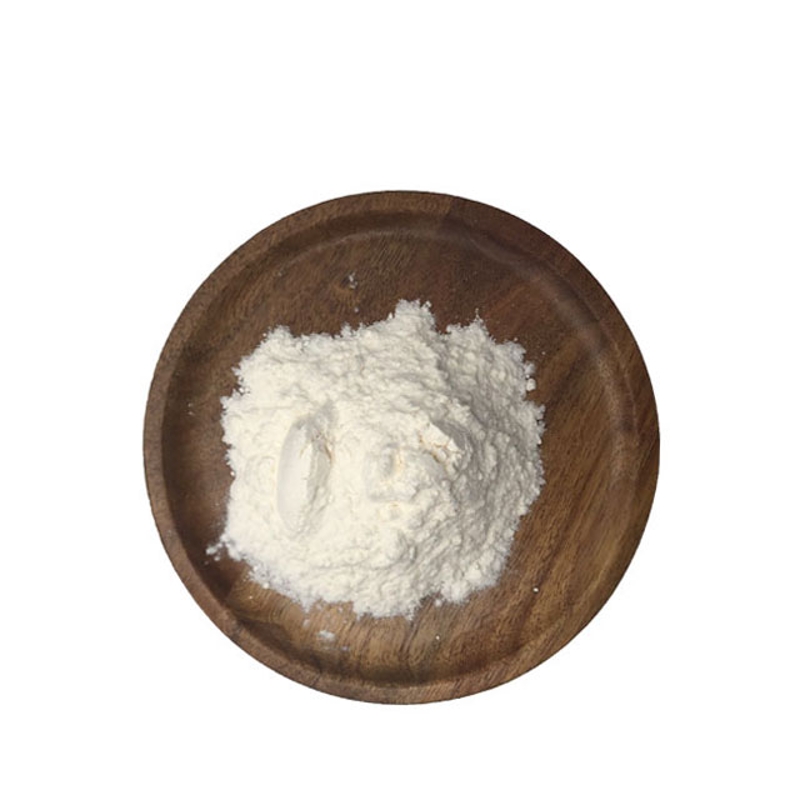-
Categories
-
Pharmaceutical Intermediates
-
Active Pharmaceutical Ingredients
-
Food Additives
- Industrial Coatings
- Agrochemicals
- Dyes and Pigments
- Surfactant
- Flavors and Fragrances
- Chemical Reagents
- Catalyst and Auxiliary
- Natural Products
- Inorganic Chemistry
-
Organic Chemistry
-
Biochemical Engineering
- Analytical Chemistry
- Cosmetic Ingredient
-
Pharmaceutical Intermediates
Promotion
ECHEMI Mall
Wholesale
Weekly Price
Exhibition
News
-
Trade Service
Surgical excision is the main method for treating diffuse immersion low-level glioma (LGG)The patient's survival prognosis depends primarily on the accuracy and scope of tumor removal5-aminoacetyl acetic acid (5-ALA) fluorescence is a tracer commonly used in high-level glioma (HGG) surgery to stain tumors and improve the rate of total excision; Recently, a fluorescent-based spectral probe was used for surgery to quantitatively analyze the number of 5-ALA-induced progestoous cesium IX (PpIX) in the tumor, helping to determine the boundaries of LGG and the extent of tumor cell immersionGeorg Widhalm, of California University of California Neurosurgery, USA, and others studyed the value of 5-ALA fluorescence combined quantitative PpIX analysis in diffuse leachate LGG excision; the results were published online may 2019 in J Neurosurgthe study method
the authors looked forward to treat patients with suspected diffuse leaching LGG in imagingBefore surgery begins, 5-ALA is routinely givenDuring tumor removal, visible fluorescence was observed in different areas of the tumor and the absolute value of PpIX concentration (CPpIX) in tissues was measured using a handheld spectral probeSubsequently, the corresponding tissue samples are collected for histopathological analysis to determine tumor diagnosiswere eventually included in 22 patients, with histopathologicalpathology confirming 8 cases as WHO II, 11 as WHO CLASS III and 3 as WHO-level IV gliomasA total of 69 samples were collected from 22 patients for analysisresults79% of HGG patients can see visible fluorescence during surgery, concentrated in local areas of the tumorNo fluorescence was observed in 8 LGG patients during the operationOf the 69 tumor samples collected, 18 were visible and 51 were non-fluorescentCompared to the non-fluorescent sample, the average tumor cell ratio in the visible fluorescent sample was higher, 62% to 34% (p-0.005), and the pathological level was also high (p-0.001)quantitative measurement of CPpIX values with spectral probes, it was found that the average CPpIX value of fluorescent samples was significantly higher than that of the non-fluorescent samples, with a ratio of 0.693?g/ml to 0.008?g/ml (p.001) (Figure 1)There was a significant correlation between CPpIX and tumor cell proportion in the sample (r?0.362; p?0.002)However, there was no statistical difference in the absolute value of CPpIX between HGG and LGG samples1 case of left frontal lobe recurrence LGG, and the final pathological diagnosis was WHO Class III astrocymaA, B:MRI-T1-weighted imaging on the tumor found local fortification (A), lesions in FLAIR image sorgin a high signal (B)C-E: The non-reinforced area (C) in the tumor shows only a slight morphological abnormality (D) under a white light microscope, and no fluorescence (E) is shown with the aid of purple-blue excitation lightF: Quantitative PpIx analysis found a significant increase in the level of CPpIX in tumors to 0.035 ?g/mlG-I: The form of the tumor near the reinforcing lesions (H, I) under the white light microscope is significantly different from the same part on the C and D maps, and a small amount of fluorescence can be seenJ: The CPpIX value shown in the small fluorescent region quantitative PpIx analysis corresponding to Figure I shows that the CPpIX value is very high, 0.216 ?g/ml, and histopathology is indicated as HGG tissueK-M: Normal cortical region, no abnormalities are seen under a white light microscope, nor can there be visible fluorescenceN: Quantitative PpIX analysis shows that the CPpIX value in the normal cortical region is very low, 0.001 ?g/mlconclusionsthe above, 5-ALA fluorescence combined with quantitative CPpIX analysis helps to detect the area of the lesions within LGG that have undergone malignant changes in tumor excision, and can identify LGG tissueThis helps the surgeon to improve the precision of tissue sampling and the maximum safe excision range, so as to improve the therapeutic effect.







